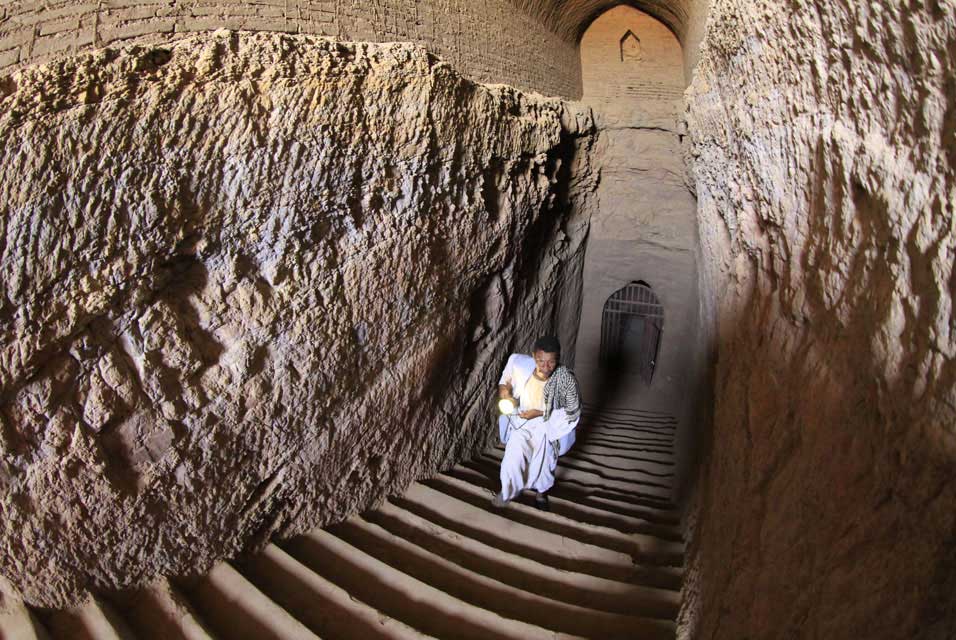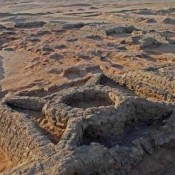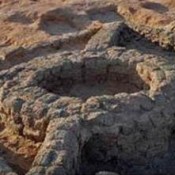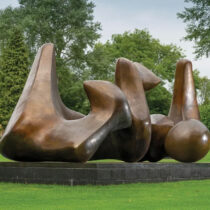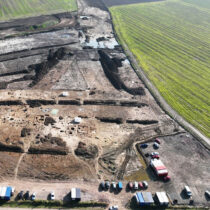Thanks to an unprecedented $135 million Qatari funding, more than two dozen archaeological projects in Sudan will be supported over the next five years.
Sudan is to receive an unprecedented $135 million from the Gulf state of Qatar to fund over two dozen archaeological projects for the next five years. Some speak about a desert dream come true.
Archaeologists hope that the generous funding will speed up the revealing of the country’s rich archaeological heritage and attract more interest. Although the funding will probably have to be extended, since it is highly improbable that anything will be found hidden in five years, archaeologists say that without the Qatari funding no one knows how long the hidden secrets of Soudan’s past would have been hidden.
The projects to be supported are conducted by foreign and Soudanese teams in northern Sudan. There the first archaeological excavations took place some 100 years ago. One of these sites is Al-Kuru, more than 300 kms northwest of Khartum, where teams from Sudan’s Dongola University and the USA’s Michigan University have been working together. This season they have revealed a temple with 23 interior columns.
It is not yet known when the columns were built, but it is believed they are linked to a nearby cemetery which contains some graves which appear to date from before the start of the Napatan kingdom in 750 BC, according to Abbas Zarook, head of the joint mission.
During the excavation season which ended in March, workers removed tonnes of sand and other debris from El-Kurru’s largest pyramid, which archaeologists believe was about 35 metres high. It is located next to Napata’s greatest king Piangkhi’s pyramid, perhaps because of a family connection, said Geoff Emberling, assistant research scientist at the University of Michigan’s Kelsey Museum of Archaeology.
There are also the remains of pyramids linked to the family of Napata’s greatest king, Piankhi, whose tomb was recovered years ago by a different American archaeologist team. Now, the Sudanese-American team is continuing to excavate the 17 pyramids.
El-Kurru includes strikingly preserved hieroglyphics but the site is guarded only by a lone policeman. That is typical for Sudan’s archaeological heritage in the remote desert, where the stonework of some relics has collapsed, and there are no explanatory signs to assist visitors.
Qatar’s funding will help restore some monuments, while also protecting the fragile archaeological sites and improving information for tourists.
The National Museum in Khartoum will be modernised, and two presentation and conference centres built at Gebel Barkal and Meroe, whose pyramids and temples are on UNESCO’s World Heritage list.
A French team is working in Sedeinga, north of El-Kurru, where the deserts yielded fresh surprises during the latest mission, which ended in December. Since work began at Sedeinga in the 1960s, around 250 pyramids have been excavated. The main part of the necropolis dates from 400-300 BC, at the end of the Napatan era, which was followed by the 700-year reign of the Meroe kingdom.
According to Claude Rilly, director of the French mission, they found “very beautiful” architectural detail, including a mysterious, massive square block in the middle of the remains of one pyramid. “We have no explanation for that”, although it may have been a way of reinforcing the structure, he said. The pyramid is one of four whose remains they unearthed at the vast necropolis last season, and which confirmed “an incredible diversity” among Sudanese pyramids that distinguishes them from their Egyptian cousins.
“No pyramid has ever been found in Sudan with this kind of architecture,” Rilly said.
